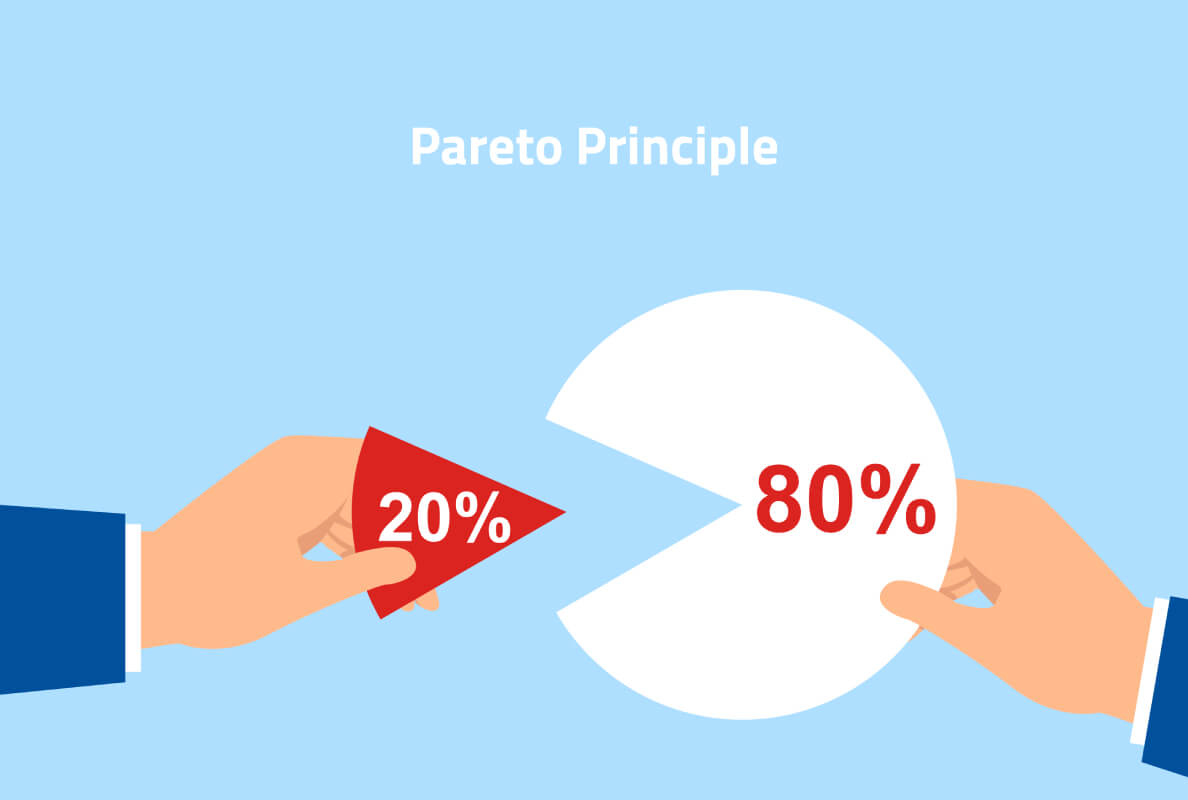
This way, you can zero in on the USP that is bringing you 80% of your revenue or the root cause of 80% of your problems.Īpplying the 80/20 Principle in Marketing & Sales In order to create maximum value in business, you have to apply the 80/20 rule in the context of cause-effect relationships in various areas. Salespeople, leaders, consultants and others have demonstrated time and again that the 80/20 rule holds its ground when it comes to team or individual performance, best practices and management strategies, routine tasks, operational processes, or high-level business insights.Īt its core, the 80/20 rule is all about identifying your best business assets and using them effectively to maximize value creation. It might not be totally accurate or precise, but statistics across industries support the rule’s validity. The 80/20 principle is based on empirical and anecdotal evidence more than a scientific fact. Is The 80/20 Rule Really True? Or Useful in Business? Using the 80-20 rule, I put together these 10 tips for optimizing your content marketing. Alternatively, you could say that 20% of what you do is responsible for 80% of your profits. What’s the implication for your business? The 80/20 rule suggests that 80% of your company’s revenue comes from 20% of your selling efforts. Similarly, when it comes to the economy, about 20% of people create more than 80% of the total wealth of the nation. In sports, for example, you’ll find that at least 20% of athletes win 80% of the time, or that roughly 20% of training and exercise impact 80% of an athlete’s performance. The Pareto Principle transcends disciplines. In essence, the Pareto Principle infers that there’s an 80-to-20 relationship between effects and their causes. This ultimately gave rise to the 80/20 rule, also known as the Pareto Principle.


He went on to infer that the majority of wealth in a free-market economy is concentrated in the hands of a relatively small group of people - roughly 20 percent of the population. More than a hundred years ago, Italian economist Vilfredo Pareto noted that about 80% of the land in Italy belonged to approximately 20% of the country’s total population.


 0 kommentar(er)
0 kommentar(er)
